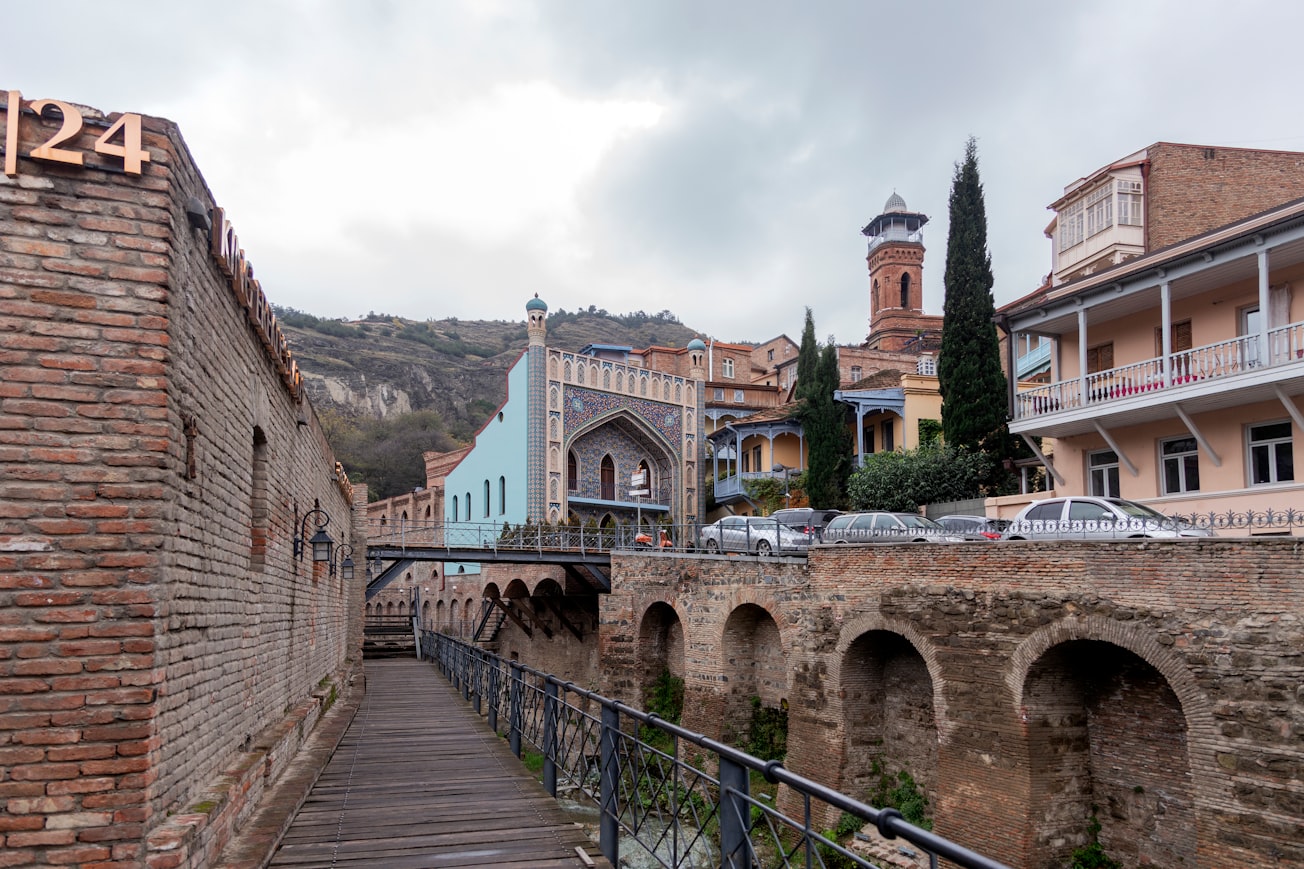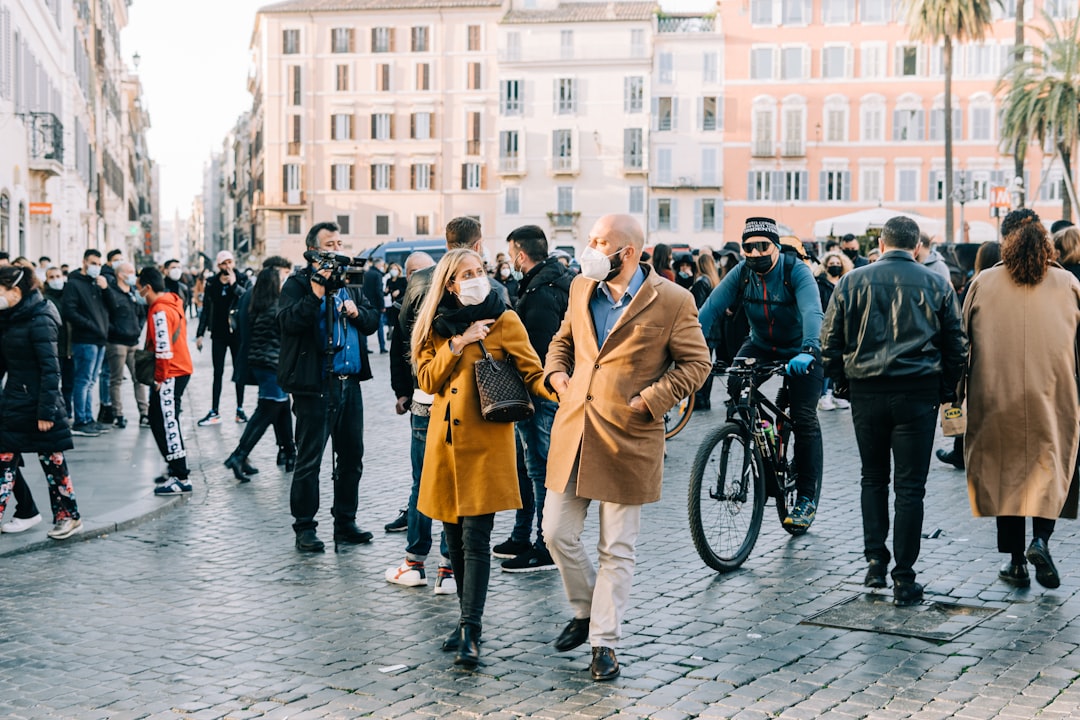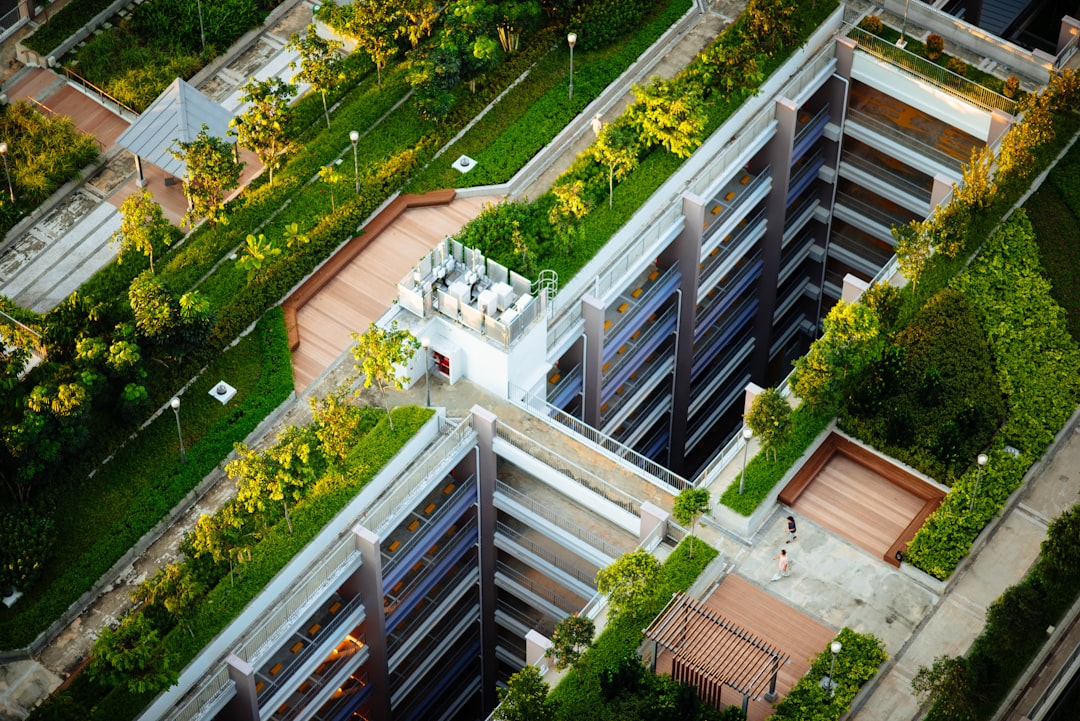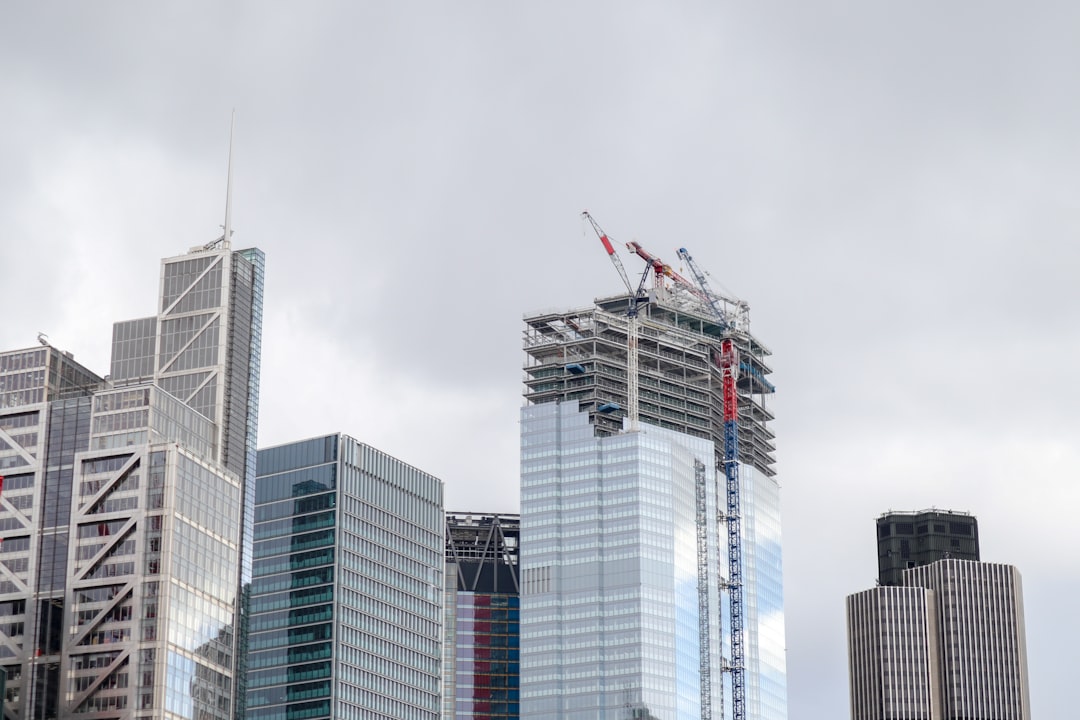What is it about?
This article draws upon fieldwork carried out in the Meskheti (Ahıska) region of modern Georgia to introduce, analyse, and discuss local mosque architecture. These mosques shed light on trans-regional and trans-imperial artisan and patronage networks and architectural and aesthetic currents in the nineteenth and early twentieth centuries.
Featured Image

Photo by mostafa meraji on Unsplash
Why is it important?
The region’s Islamic art and architecture is largely unknown to the international scholarly community due to a turbulent history, especially in the twentieth century. The article retraces the story of how local Muslim communities navigated the complex process of maintaining their religious identity and visible material culture amid the shifting political and social tides in the region during that time, and the fate of the edifices they built after they were forced to leave the region in the mid-twentieth century.
Perspectives
Today, much of the Islamic material heritage of Meskheti, Georgia remains under threat. It is my hope that this article contributes to the awareness for and the protection and conservation of these beautiful monuments.
Nicole Kançal-Ferrari
Faculty of Architecture and Design Marmara University Istanbul
Read the Original
This page is a summary of: Islamic Art and Architecture in a Contested Region: Negotiating the Muslim Heritage in Meskheti, Georgia, International Journal of Islamic Architecture, July 2022, Intellect,
DOI: 10.1386/ijia_00081_1.
You can read the full text:
Contributors
The following have contributed to this page










